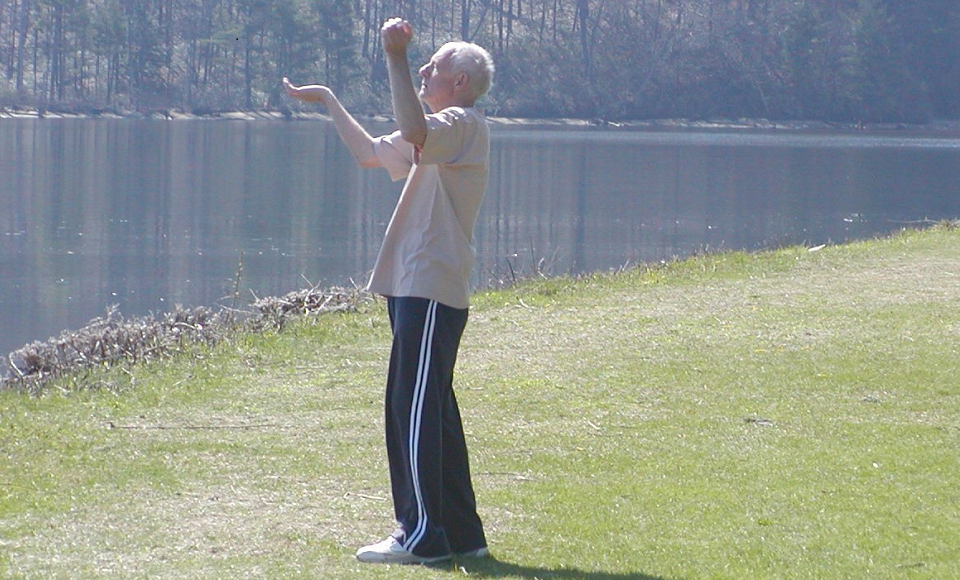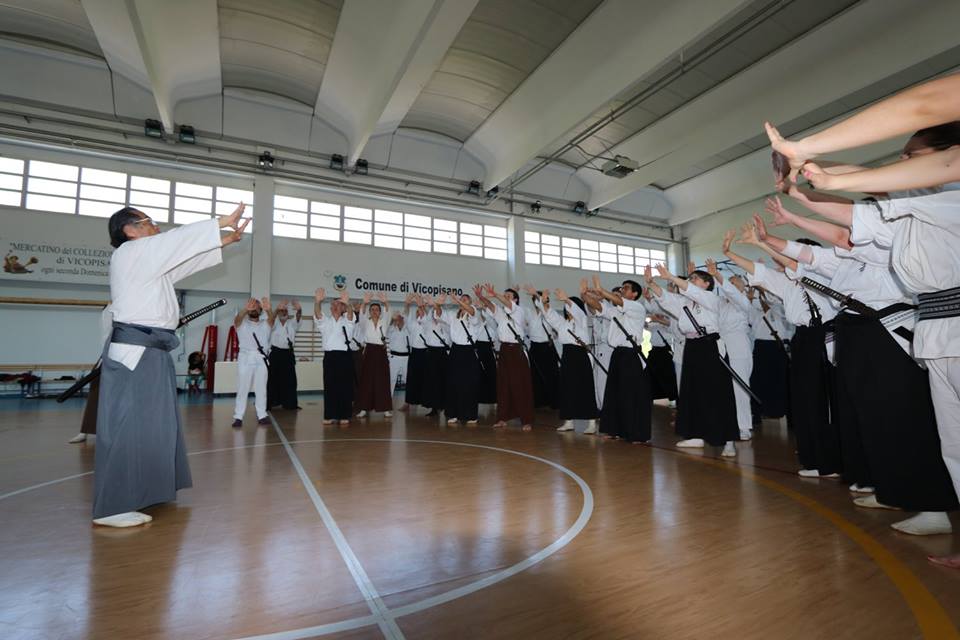Shintaido in Transition

by
Michael Thompson
Recently I came upon a reference to Howard Schultz, who founded the Starbucks chain. It described the transition of the company from “founder-led” to “founder-inspired” now that he has retired from day-to-day involvement. This is a good way to describe the current state of affairs in the Shintaido universe. Aoki-sensei has retired from active involvement in the international Shintaido movement and is focusing on his work in the Japanese Tenshinkai school as well as participating in the international Le Ciel Foundation project. We have moved to a “founder-inspired” phase of our history.
Aoki-sensei’s last creative endeavor has been the founding of a Kenbu school in Japan and Europe. A bilingual Japanese/English text has been published. Several YouTube videos have been posted for anyone who might be interested in that development.

Aoki-sensei Kenbu
The current international organization (ISP/ITEC), under the direction of Ito-sensei and Minagawa-sensei, is working to develop a third pillar of the Shintaido curriculum–Kenjutsu–to go along with Shintaido Karate and Bojutsu. So far there has been no cross-pollination between the two sword practices, although we shouldn’t rule it out in the future once the international kenjutsu task force has completed its work.
During this transitional phase I would like to see the Shintaido curriculum move from the martial arts/dan examination model to an instructor certification system. Rather than having a separate assistant category, there could be a combined advanced student/assistant evaluation which would precede the first examination, now called Graduate. This ranking in turn would be replaced by an instructor certification designation, recognition that an individual is qualified to teach Shintaido. The Senior Instructor level would be open to someone who has a teaching resume as well as a demonstrated advanced keiko level, roughly encompassing the curriculum now in effect. The entire bokuto Kyukajo program should be completed by then.
General Instructor would become an honorary title conferred by the international organization in recognition of long-term commitment and contribution to the practice and dissemination of Shintaido. The title of “Doshu” should be retired with the current holders for now, perhaps to be resuscitated in the future if deemed appropriate.
The Japanese martial arts kyu/dan examination/ranking system would still be used in the three pillars of Shintaido Karate, Bojutsu, and Kenjutsu. It’s time to reframe Shintaido itself as a separate art which was Aoki-sensei’s original idea and inspiration.

